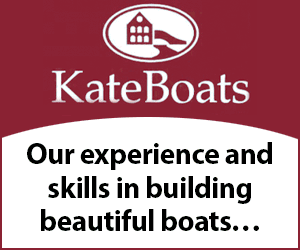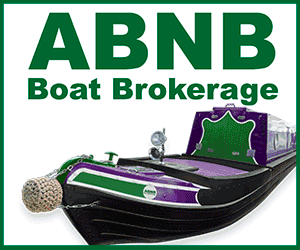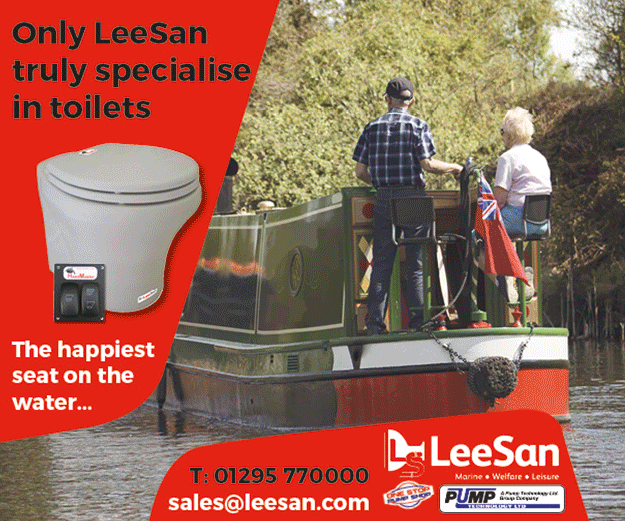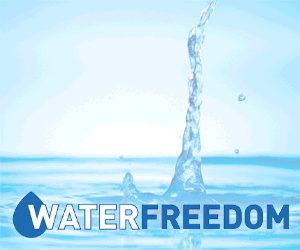Dee Caffari
Two worlds collide - What happens when a record-breaking round-the-world yachtswoman swaps the open seas for our slower-paced inland waterways? Dee Caffari explains all
 Sam Greenfield.jpg)
Let me tell you about the Southern Ocean. It is cold and grey. In fact, it is always grey. There seems to be no distinction between day and night. Any exposed skin becomes red raw within minutes from the relentless torrent of saltwater cascading down the deck. The wind howls, the waves roar and there is no doubt at all that Mother Nature is in charge here. The closest person to you is floating somewhere up in the International Space Station.
For some, this description must sound horrendous, but for me the Southern Ocean will always be one of my favourite places to sail. I genuinely love the heady mix of fear and exhilaration and the discomfort is a small price to pay for some of the best sailing you will ever experience.

Record-breaker to rookie
In 2006 I became the first woman to sail single-handedly and non-stop around the world “the wrong way” – westward, against prevailing winds and currents. Then, three years later, I completed the Vendée Globe race and set another record, becoming the first woman to sail solo, non-stop, around the world in both directions. You would think, after these experiences, that a couple of days on a narrowboat wouldn’t faze me at all.
However, when boat insurer Haven Knox-Johnston presented an opportunity to try canal cruising last September I was unaccountably nervous. This type of boating was a real first for me, and completely out of my comfort zone. I didn’t even know what to wear.
Before last year, my only taste of canals had been running along the Grand Union at Rickmansworth, where I grew up. I remember seeing boats tied up on the towpath but it never struck me at that age that they actually moved. A bigger revelation was just how connected our inland waterways are, which became apparent when I joined a liveaboard couple further along the same stretch of waterway in Leicestershire.
I was the guest of Rich and Fran on their 58ft narrowboat Laura Maisie. The couple may be familiar to some WW readers as YouTubers ‘Floating Our Boat’, who sold their house in 2018 to explore the inland waterways full-time. Their beautiful craft had been built by Elton Moss in Middlewich, Cheshire, earlier that year and was now their permanent home. With us were their two dogs, Archie the spaniel and Jess the terrier, and for two days they attempted to teach me the basics of canal boating.
 Haven Knox Johnston.png)
Similarities
Having been given a guided tour of the boat by my hosts, I was struck by the number of mod cons inside – more than I’m used to having on the yachts I race. And the shower was bigger than my one at home!
Of course, there are certain similarities with yachting. Relocating your home along the waterways takes some planning, just as a coastal or ocean passage would. Cruising guides, like the pilotage books I’m familiar with, are detailed in hazards, amenities and advice. You may not have to deal with tides and currents on the canals but you need to be aware of any closures that may impact your travel. The weather affects us all.
And then there are provisions to think about. The joy of stopping in the middle of open countryside means there is unlikely to be a supermarket within walking distance when the milk runs out. The necessity of planning is something I’m quite used to. When offshore sailing, we leave dock with finite resources that need managing carefully because when they’re gone, they’re gone.
Tested at the tiller
Getting underway was a breeze (no rigging to sort out, for a start) but it wasn’t long before Rich wanted to test my skills at the tiller. Given the right conditions and with the yacht going well, I’m used to speeds in excess of 20 knots at sea. So I found it incredible that steering the narrowboat just at tickover, probably only reaching a maximum speed of 3 knots, felt very fast and on the edge of being out of control.
I noticed very quickly that my steering was much more erratic than it is at sea, and the banks of the canal seemed to be acting like a magnet – a phenomenon that seemed to get worse when going through a bridge, lock gate or tunnel. With the boat’s 58ft length and the positioning of the rudder right at the back, operating it was much trickier than I expected. There was a delayed response before the boat pivoted just aft of its midpoint. So, as the bow moved to the right, there was a very clear movement of the stern to the left.
As I was driving, I was simultaneously praying I would not come across an oncoming boat. My natural reaction was to slow down to gain control, but on a narrowboat this is counterproductive. If you don’t have enough water flow over the rudder you lose control, I quickly learned, so keeping a degree of speed is essential for making manoeuvres. I sensed that hesitation is your enemy on the canal.
One direction
I also struggled with the fact you can generally only travel in one direction. If you want to turn around it takes some planning and is easier said than done. At one point at the winding hole I felt like David Attenborough, battling through the undergrowth. I’ve learned patience is the key; the boat does eventually turn, and I felt quite proud that I didn’t use the bow-thruster or a barge pole.
Foxton Locks were also a challenge. Halfway down I replaced Rich at the tiller to steer the boat in. I was quite stressed about that. Worst case I could sink Fran and Rich’s house! Scraping the side of the boat as I entered my first lock chamber felt like bumping Dad’s car. More humiliation was to come; exiting the very last lock of the flight I managed to plough straight into the bank – with an audience to witness it all. I was traumatised! I felt much more at home winding the lock paddles, which is more like the tasks I’m accustomed to on a boat, and I fell quickly into a rhythm.
‘Reset button’
For all its challenges, dipping my toe into the world of canal boating was much like pressing a reset button. During the first day afloat, my white knuckles on the tiller relaxed and I eased into this new boating life, although I felt exhausted at the end of the day from all the concentration.
Far from being isolating, I found the inland waterways to be a friendly and sociable community. Although I’m probably not quite ready to give up the excitement of offshore sailing, I was surprised by how much I enjoyed the slower pace of life. While narrowboating and yachting are normally mutually exclusive, there are certain transferrable skills. But the real delight of the former is that you get to explore and enjoy the countryside around you. You have time to take it all in, and tie up if you want to see more. I think sailors could adopt a little more of this relaxed attitude.





